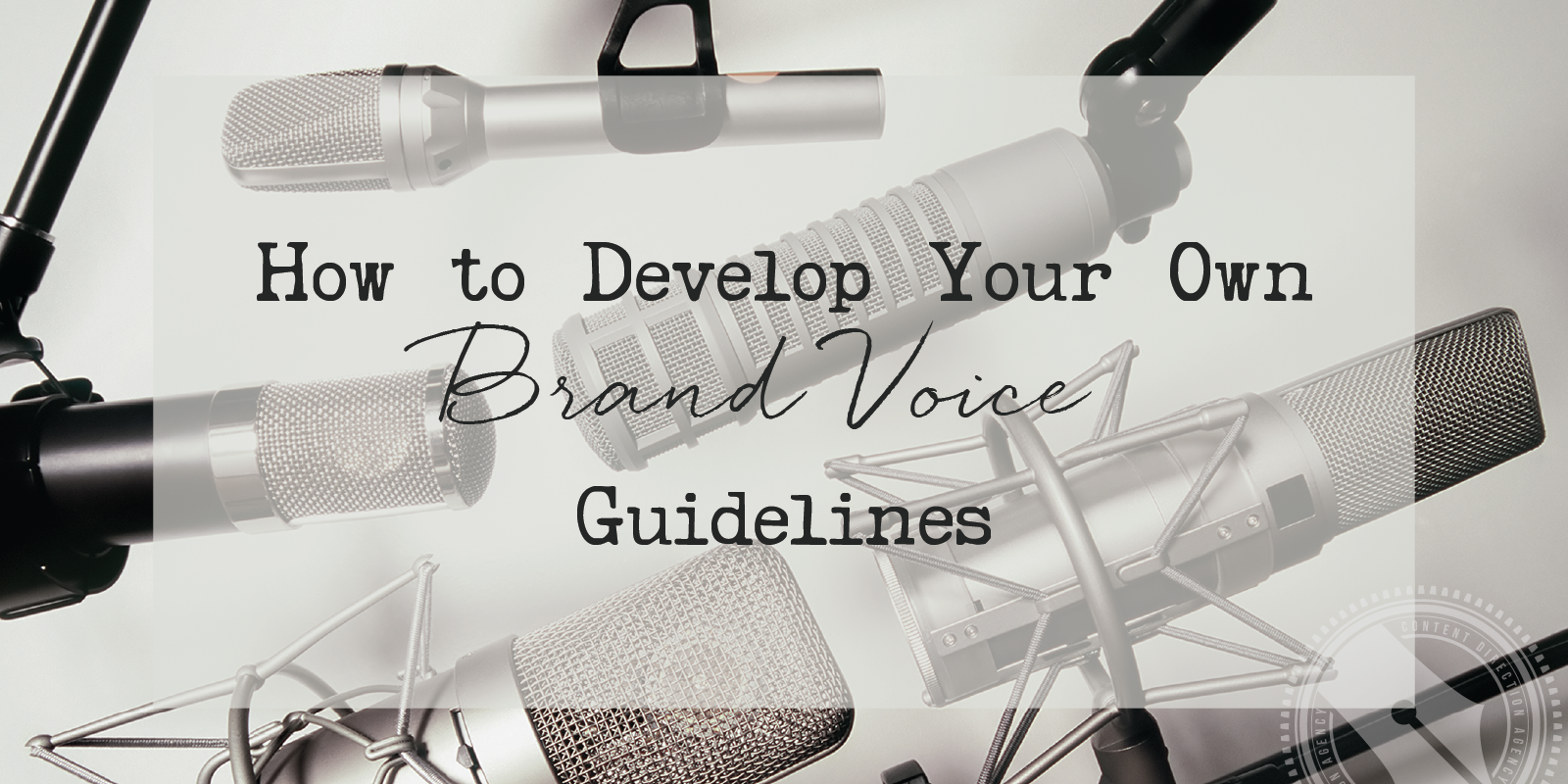A couple of years ago now, I had the pleasure of seeing Seth Godin speak at the Authority conference here in Denver, and something he said really stuck with me.
He was asked about the difference between a freelancer and an entrepreneur, and he said (I’m paraphrasing), “The entrepreneur is building something bigger than herself.”
He went on to say that the best way to shift from a freelance mindset to an entrepreneurial mindset was to start outsourcing as soon as possible the things you do not have to do, so that you can focus on the things only you can do.
Over the last two years, I’ve really taken that to heart.
My tiny little “team” used to consist of me and my good friend/VA Emily. Then we brought on Teri and Andra, two amazing writers. Now we’ve added Jamie the Infusionsoft intelligencer, Meg the design diva, and Kimberly the website whisperer.
All of these folks are contract workers. Most of them have their own businesses, so they’re not my “employees” in any sense, but they are part of my team now — just as I am a part of the teams of my 1:1 clients.
And so, having been on both sides of a team — hiring and being hired — I’ve learned that there’s a secret document that smart team leaders have that make the whole thing work much easier:
A brand style guide.

Your brand voice guidelines are your ambassador
Your brand voice guidelines are like your representative when you can’t be there. They answer the questions your team members have so you don’t have to.
This has come up for me in my biz life a couple of times lately:
- When I hired Angus and his company, he asked if I had any “collateral” (that is, logos, photos, etc.) I could give his team who were going to be designing my ads. I was able to send him my brand style guide, along with a Dropbox folder full of my brand collateral that covered everything from my “voice” and lingo I use all the way down to fonts and hex codes for the colors on my site. He was thrilled that I had this already collected in an easy-to-use format.
- I hired a gal to put together some presentations in PowerPoint for me, and I was able to send her that style guide and she created a perfectly on-brand presentation (which I turned into a video) — with ZERO input from me.
- When Jamie created my new newsletter template, and Kimberly put together my membership site, they were able to stay on-brand with very little input from me.
- And my amazing assistant Emily writes Facebook messages, Tweets, and Pinterest Pins every week, as me, and I bet you a dollar you can’t tell the difference.
This was all made possible because I did the work ahead of time to create a brand guide that I could hand off to a team member at a moment’s notice.
From the other side of the table, as a contractor, this is an invaluable tool for me.
I often collaborate with Sarah Ancalmo of Public Persona, being the copywriter to her creative direction for her clients, and while these are some of the most complex and high-profile projects I take on, they are also some of the easiest for me to dive into.
That’s because Sarah prepares an in-depth brand briefing for each of her clients. When she hands it to me, I know exactly what they’re after. It includes examples of voice and tone, descriptions of the audience they want to reach, and the overall hook they’re going for.
It makes my job as a writer a thousand times easier because it gives me the direction I need to get started. And I can practically guarantee that any creative professional you work with — from a web designer to a copywriter to a social media strategist — will be pleased as punch that you’ve done this legwork for them.
Your brand voice guidelines ensure consistency
Now, think about what would happen if you were growing a team like this without a clear set of guidelines.
Person A has a vision of what your brand is supposed to be like. So does Person B (but it’s pretty different from Person A’s vision). And Person C isn’t totally sure what the vision is, so she’s just going to go with what she likes…
It is, in short, a hot mess. A mess to which heat has been applied.
Those people aren’t working with one another; you are their only common point of contact. So, all of the sudden, you’re doing WAAAAY more work to give input, make revisions, and manage these people — people that you hired to take work off your desk.
If, on the other hand, they all have a single place to refer to that helps them understand exactly what you want and how to, essentially, be you when they’re representing you out in the world, well. Suddenly everything becomes a lot smoother.
Putting together a brand style guide is the first thing I do with my 1:1 clients. Not only is it good for them, but it makes my job a lot easier. When I have neglected this on projects, I find I end up doing exponentially more revisions on that project — in other words, it takes me more tries to get it right, because I have to start from zero, instead of starting with a clear understanding of the brand.
Developing your own brand voice guidelines
Depending on how well developed your brand is, you may be able to put together your own brand voice guidelines in a single sitting. You may need to take some time to collect things in a central location, but that’s a job you only have to tackle once.
If your brand is a little less well defined, you may have to do a little more digging and analysis before you can confidently spell out your brand voice guidelines. That’s what I designed the Voice Identification Process to be: interrogation, analysis to discover your brand voice, and then the Codebook document to apply it with your team.
Even if you don’t have a team yet, a Codebook containing your brand voice guidelines can be a great way to actually clarify and crystallize your thoughts on your own brand. And, bonus, when you are ready to hire someone to help out, you’ll have the legwork already done.


Wonderful! When giving feedback for Blogstorm, I asked in general about adding people to the team in the future, then later wondered if that fit with your focus on digging down to find the writing style. Of course it does! I appreciate help in seeing the big picture now so I can lay a solid foundation for the future. Thanks!
Glad to be helpful!
Lacy: Is the brand voice an extension of your graphical profile?
Martin, if you’re talking about a graphic brand style guide, then yes. The voice portion is about what you say and how you say it.